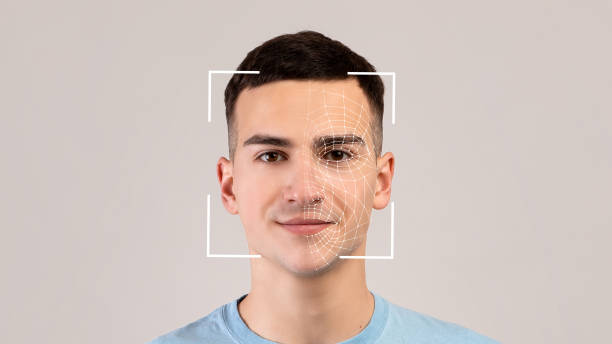
The gathering of data from civilians is not a new practice but one that has been used over long periods. The practice is often justified on grounds such as national security or economic stability.
But an interesting point to note is that the trade-offs of surveillance and data collection do not affect everyone in the same way. It points towards these practices having a disproportionate impact on communities of color. This claim finds support in historical instances like the FBI’s surveillance of civil rights leaders which points towards targeting marginalized groups through such programs. These reasons have different implications, showing that national security is often a disguise for targeting minorities with this practice, which is inherently unjust.
The Evolution of Race and Surveillance in the United States
African Americans
The history of surveillance aimed at communities of color stretches back through the years to pivotal moments in American history such as the civil rights era, where federal agents closely monitored visionaries like Martin Luther King, Jr. and Malcolm X. More recent events — including but not limited to the Black Lives Matter movement that has been active since 2013 — have put a spotlight on biased policing practices that result in senseless deaths and unjust incarcerations within the black population. When met with resistance from these protests, government responses typically take questionable turns into controversial surveillance methods.
Chinese
However, African Americans are not the only ones subjected to this surveillance. In 2018, the Department of Justice created the China Initiative to fight against espionage but unfortunately, it led to a large number of Chinese American academics being wrongly arrested such as Sherry Chen. This is reminiscent of past surveillance on Asian Americans which took place during WW2 when 120,000 Japanese Americans were put into internment camps based on census data.
Muslims
Following the attack on September 11th, for more than six years New York City Police Department and Central Intelligence Agency kept watch over Muslim neighborhoods, businesses, and groups through face 3D scanners and video recording which violated privacy rights. Many Muslims in America still feel unfairly treated at airports even after a long time has passed since then. From 2015 until 2020 there have been complaints about airport searches done by TSA officers together with Islamophobic comments made towards passengers.
Latinos
CBP has used a variety of means to keep track of the U.S.-Mexico border’s history of anti-immigrant hostility especially towards Latinos. ICE, during the terms of many administrations, employs surveillance technology, such as online face scanner and data tracking for monitoring undocumented immigrants nationwide. Often these practices are justified by public safety concerns which leads to perpetuating discrimination against communities of color. Addressing these issues needs increased awareness and specific measures to safeguard personal privacy requirements.
How Law Enforcement Uses Facial Recognition and Surveillance Technologies
Modern technologies such as facial recognition expand the territory of police surveillance using mostly private sector tools and huge data sources. This includes geolocation data from smartphones and even social media. Without strong privacy protections, the use of these more sophisticated surveillance methods creates a disproportionate impact on communities of color leading to a further historical bias in their treatment within the criminal justice system.
Let’s explore some examples of how the public and private sectors play a part in increasing the reach of law enforcement through technologies such as face scanners.
Facial Recognition
A 3D face scanner is a standard tool for law enforcement agencies of the government. Half of the federal agencies having law enforcement officers use this technology, and approximately 25% of state and local agencies have access to it. This reflects the rising prevalence of facial recognition in the law enforcement sector.
Though some tech companies halted their sales of facial recognition to police after being attacked by the public, it’s not enough. Other companies still sell it, and governments can access data from different sources including data brokers often bypassing strong privacy protections. The fact that face scanner online is still available to law enforcement raises concerns about continued surveillance and potential misuse.
Private Sector
Law enforcement has easy access to huge amounts of data collected by private companies like Google and Apple. For example, just within six months over 112,000 data requests were made by law enforcement to these companies often without the need for a warrant. This includes sensitive information like location history which can be very detrimental, particularly to immigrant communities.
Public Sector
Technology is blurring the lines between public and private spaces. We are seeing that drones and even personal devices like ring doorbells are capturing vast amounts of data, raising privacy concerns. Body cameras, while potentially beneficial, raise concerns when footage is retained for long periods or used for facial recognition.
Conclusion
Conclusively, one can proclaim that online face scanner technologies have improved the efficiency of enforcement organizations. However, the issue of privacy still prevails. This is a matter that is very important to Americans, especially people of color. Technology should be unbiased and that is what the aim should be.